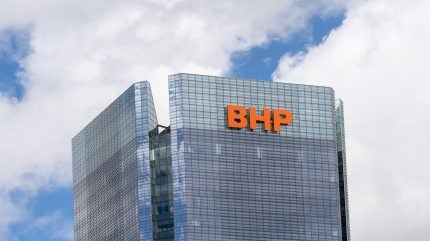
BHP has reported a rise in both iron ore and copper production for the December quarter last year, driven by enhancements at its key mining operations.
The miner noted a slight increase in iron ore output, while copper production surged by 17% to 510,700 tonnes (t), largely due to efficiency improvements at the Escondida mine in Chile.
Copper production is a growing focus due to the global shift towards lower-emission energy.
BHP’s South Flank iron ore operations in Western Australia (WA) saw quarterly production reach 73.1 million tonnes (mt), compared with 72.7mt in the same period in 2023.
The company maintained its iron ore production forecast for WA at 282–294mt, expecting to achieve the higher end of this range.
BHP anticipates a global copper deficit of 10mt within a decade and is planning to invest at least $11bn in Escondida and other projects in Chile.
BHP is also on track to meet the upper half of its 2025 guidance range at its BMA operations in central Queensland, New South Wales Energy Coal division and the Samarco joint venture with Brazilian company Vale.
“We are well positioned to continue strong momentum into the second half with a number of assets now expected to deliver production in the upper half of their respective ranges, while maintaining tight cost control,” BHP CEO Mike Henry stated.
Shares in BHP rose 1% to A$40.67 in early trading, while the broader mining index increased by 0.5%.
The company expects its net debt balance to reach approximately $15bn by the end of the financial year 2025 (FY2025), primarily due to provisions related to the 2015 Samarco dam collapse in Brazil.
Vale, impacted by the same disaster, reported a 15% decline in profits for the quarter ending in September due to related provisions.


